Linnuk

"Kiigu liigu" is a shepherd's song from Urvaste, sung by a shepherd while herding a flock.
Shepherd’s songs have been recorded in great numbers specifically in the Tartu and Otepää region, where Urvaste is also located.
This song was recorded and transcribed by Herbert Tampere, who was 23 years old at the time, in the autumn of 1932 during the Music Museum’s tour in Urvaste Parish.
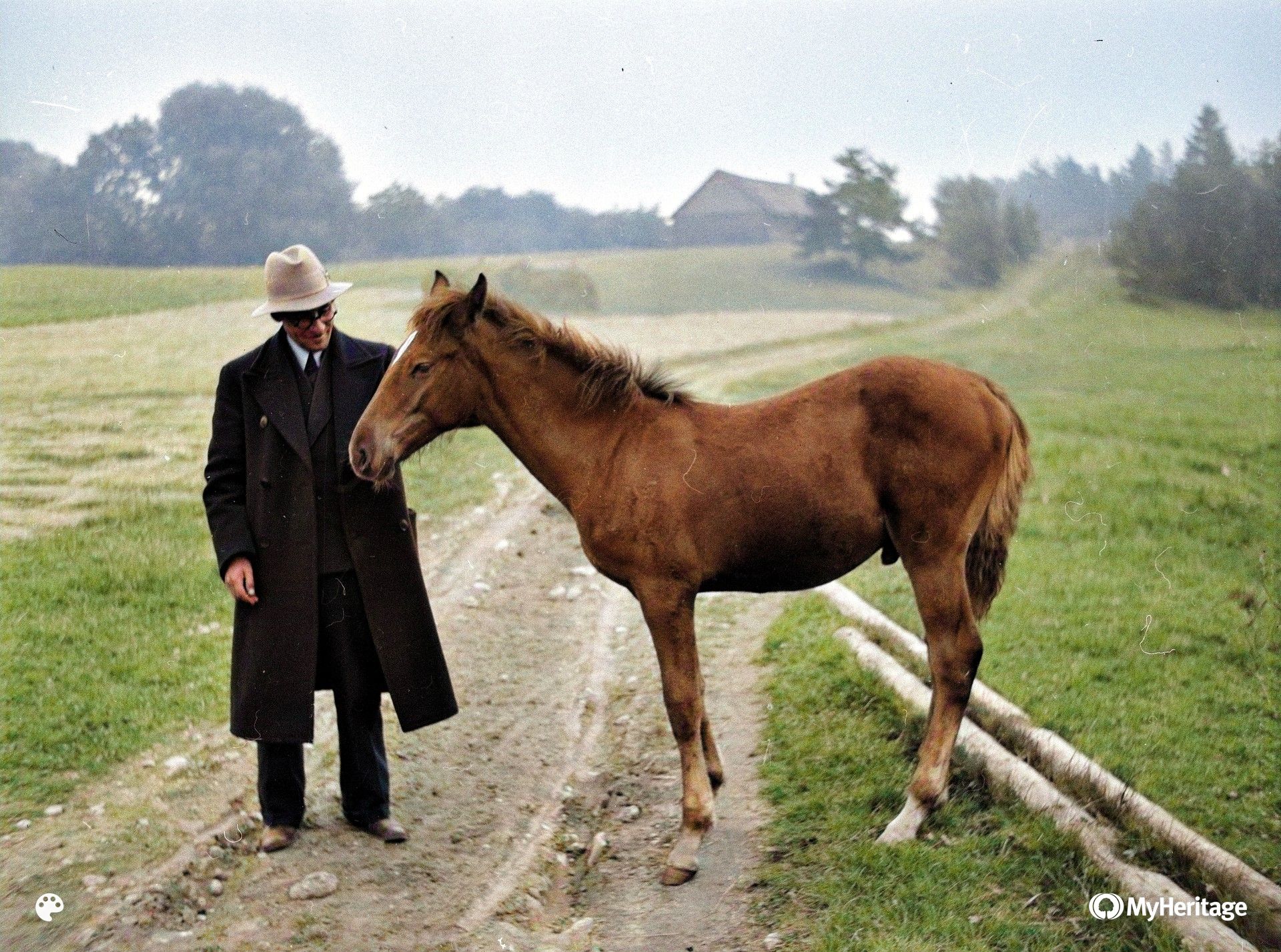
The song was performed by the 63-year-old Eliisabet Teos from Urvaste Parish. Tampere has noted that Eliisabet was blind and had the status of ‘parish poor’. However, she knew how to sing and tell stories since Tampere transcribed as many as 63 songs and traditional stories from her. Unfortunately, no more is known about Eliisabet than her approximate residence on the map of administrative boundaries at that time.
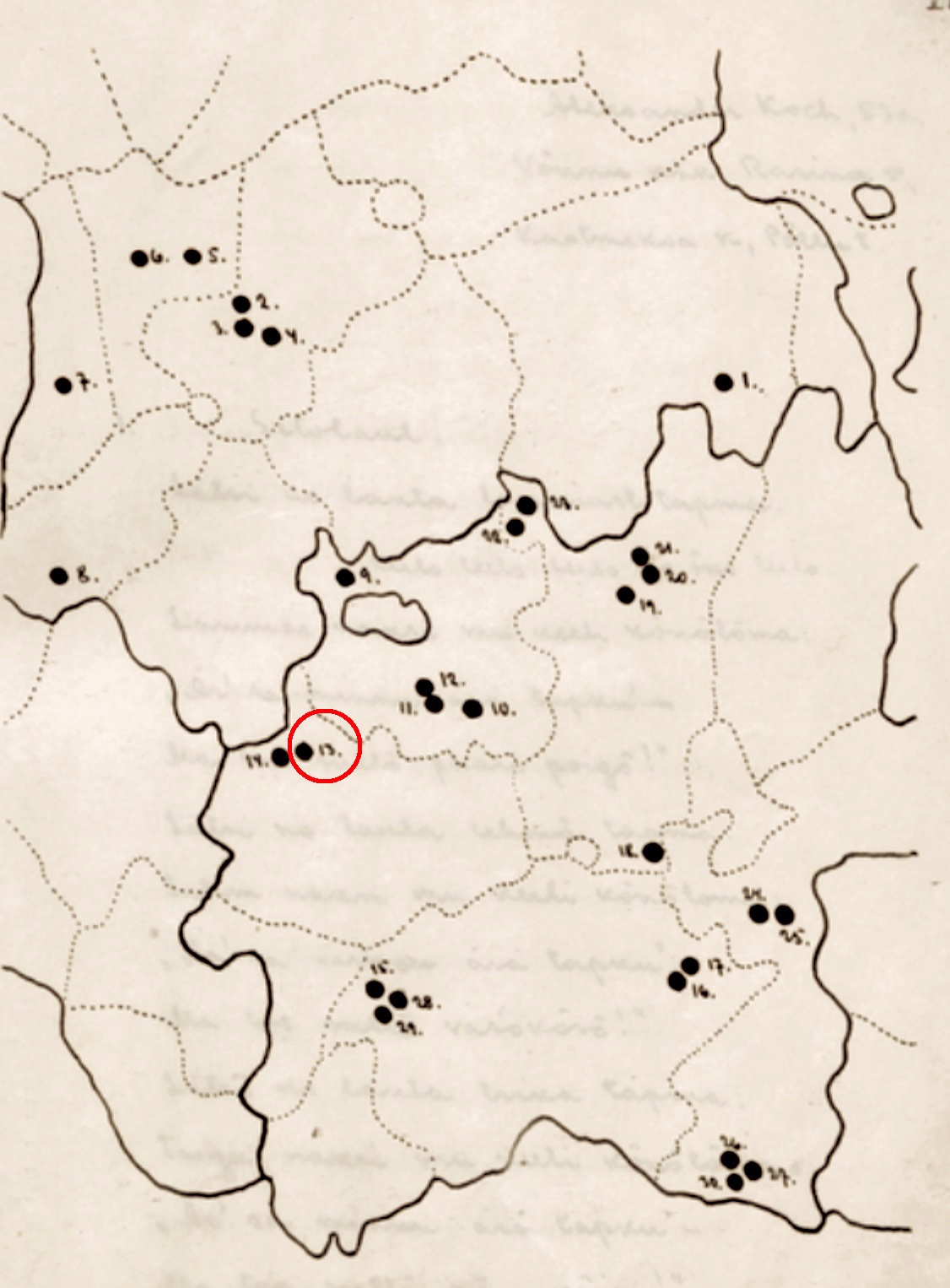
Examining the church chronicles in this area, we found that Eliisabet (referred to as Elisabeth) was born on September 15 1871, in the village of Koigu, at Kivi Farm (see the map), the daughter of Karl and Ann Teos. Therefore, she was probably a little younger, 61 years old, when recording the song.
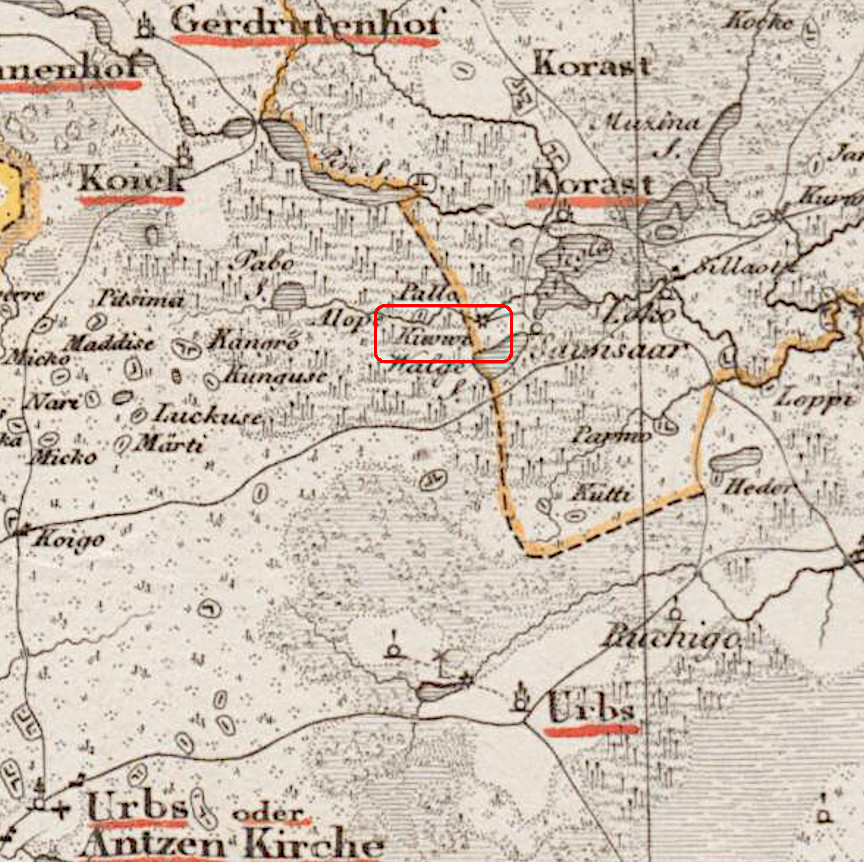
Based on a comparison of maps, this should be the farm near the old Kapatsi watermill which can still be located on Google Maps:
Only five years after Tampere transcribed the song, the mill building, including the machines inside it, and the entire mill farm were destroyed in a fire in 1937. This was caused by a steam engine being used to generate additional energy as there was a lack of water. A spark from the steam engine ignited the buildings. Source: Päevaleht, 11 October 1937.
Eliisabet can be also found in Geni.com but there are no references to her descendants. The same goes for church records. Therefore, it can be assumed that she had no children.
The sheet music, lyrics and recording of “Kiigu liigu” can be found in the Estonian Folklore Archives of the Estonian Literary Museum in Tartu. The title of the song in the archives is named "Lambakarja laul" (Song of the Flock of Sheep) - as the original performer herself called it. The sheet music of the song was published already three years later in the first part of the "Anthology of Estonian Traditional Songs" edited by Tampere (1935) - with the title "Imemaa" (no. 127) (Land of Wonders). The sheet music carrying the same title is also available in the interactive compilation of runic songs Tarõ taivahe (no 4).
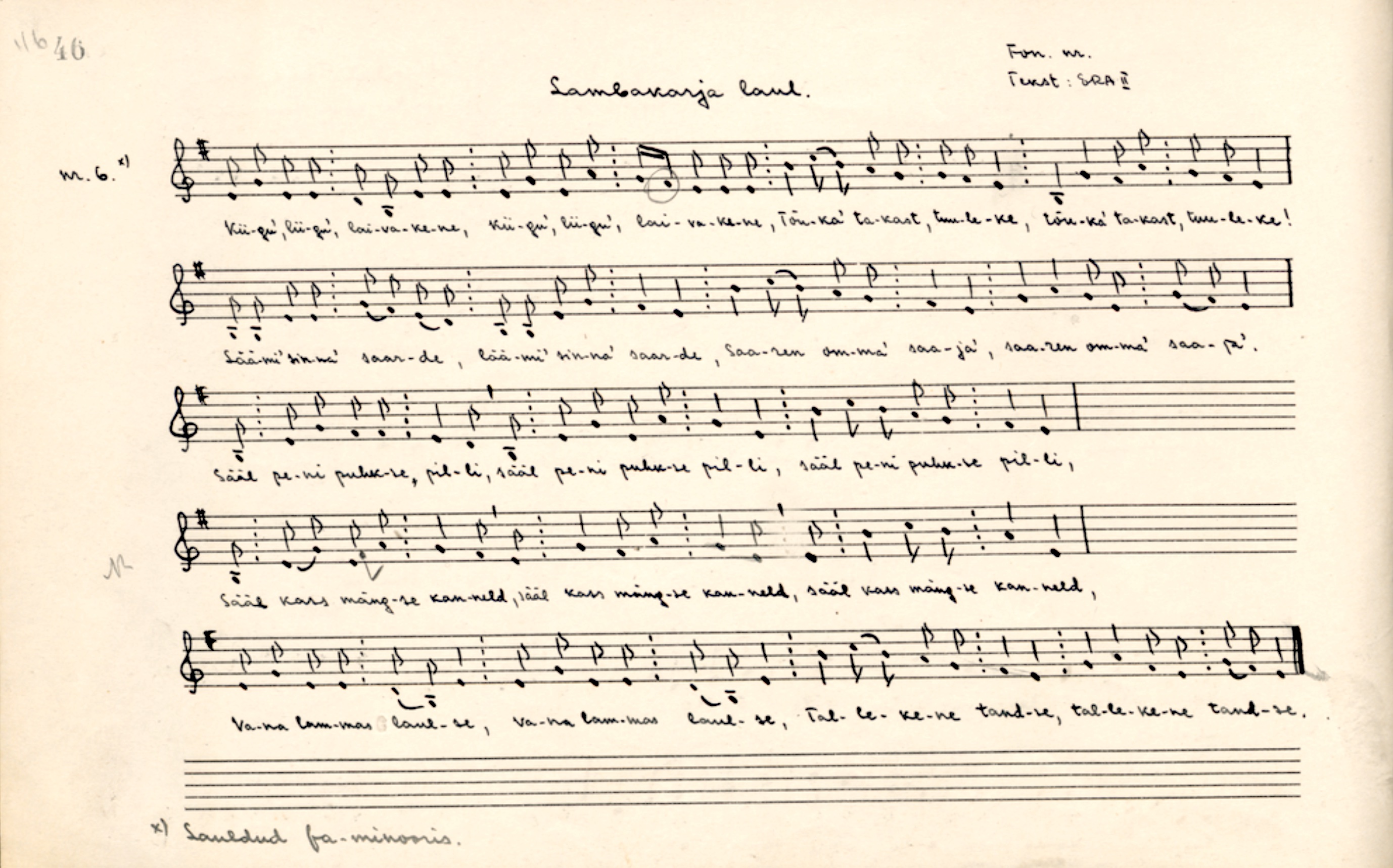

The role of Herbert Tampere (1909-1975) in the systematization and publishing of Estonian traditional songs, as well as in the development of the research on local folklore, cannot be overestimated.
Tampere’s love for traditional music stems from his childhood home in Uniküla, Rannu municipality, where there was talent and love for singing and playing instruments. When Herbert was only five years old, the folklore collectors of the traditional song collection campaign led by Oskar Kallas and the Estonian Students' Association, visited Rannu. This inspired also Herbert to start collecting folklore (melodies, stories, lore) a few years later.
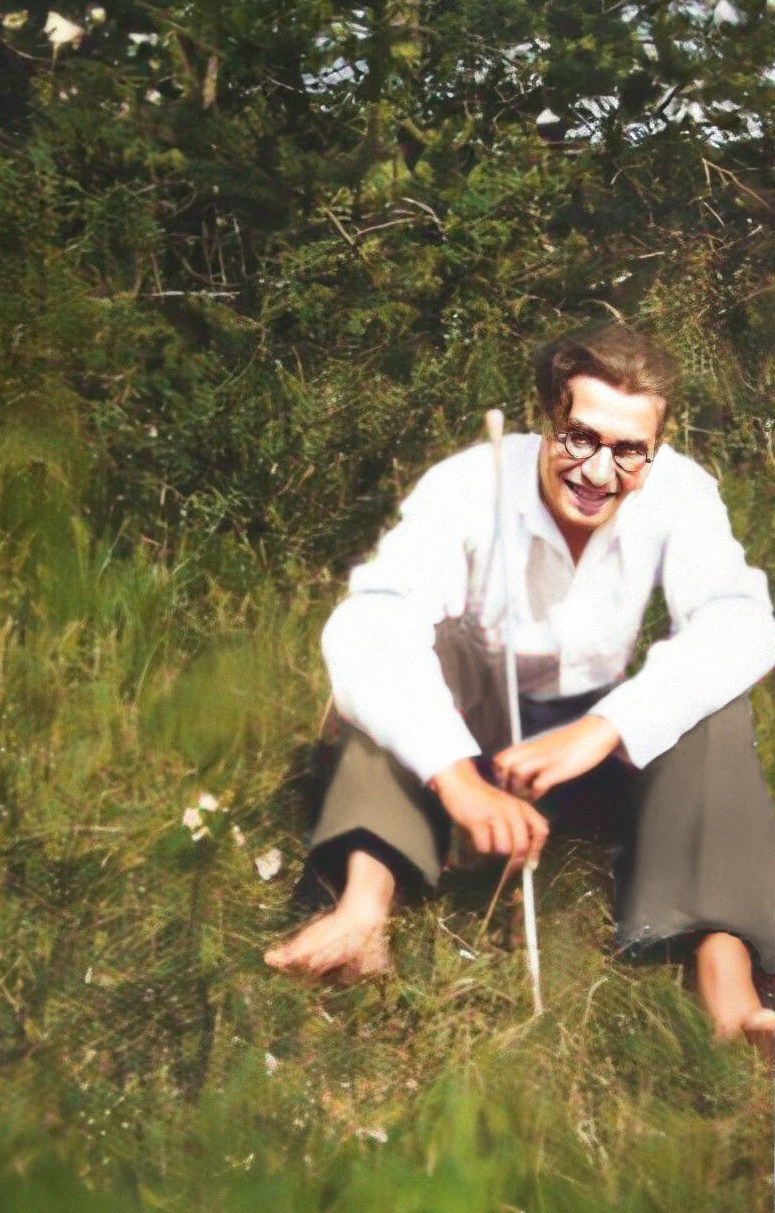
When the Estonian Folklore Archive was founded in Tartu in 1927, its director Oskar Loorits invited Herbert Tampere, a smart student, to work there. His job became to manage manuscript collections of folklore. At the same time, he was also a very productive collector of folklore material. Apparently, his communication skills, positivity and patience in communicating with country folk contributed to this.
In addition to the above, Tampere was also an adept researcher and publisher of Estonian traditional music, applying the principles of the ethnological research trends on the study of folk music developed in the folklore archives. Whereas in the past the primary focus had been on the exact transcription of the words and notes as well as their statistical analysis, Tampere equally began to pay more attention to the way songs were performed. There was a realisation that the precise reconstruction of the originals cannot be an end goal in itself, but rather the variability of runic songs, together with the uniqueness of each performer, performance and motility, seams the tradition into an organic whole.
Therefore, the phonograph became more and more important in capturing the details and variability of the performance, which became especially popular during the collection outings of the 1930s. In 1932, Tampere joined the concert tours of traditional musicians organised by August Pulst, to record the melodies sung by local people and transcribe the notes. The recording of "Kiigu liigu" also originates from this tour.
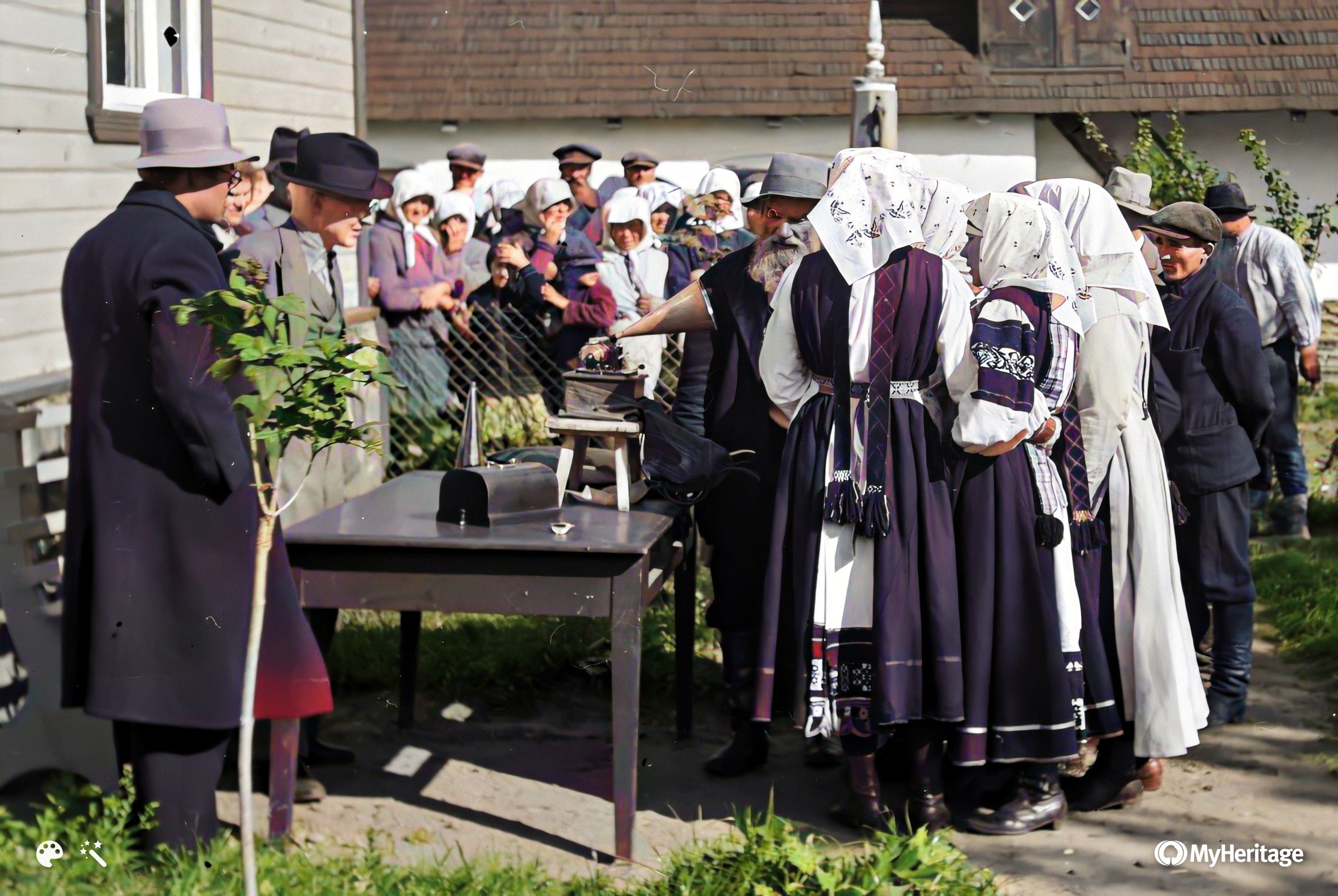
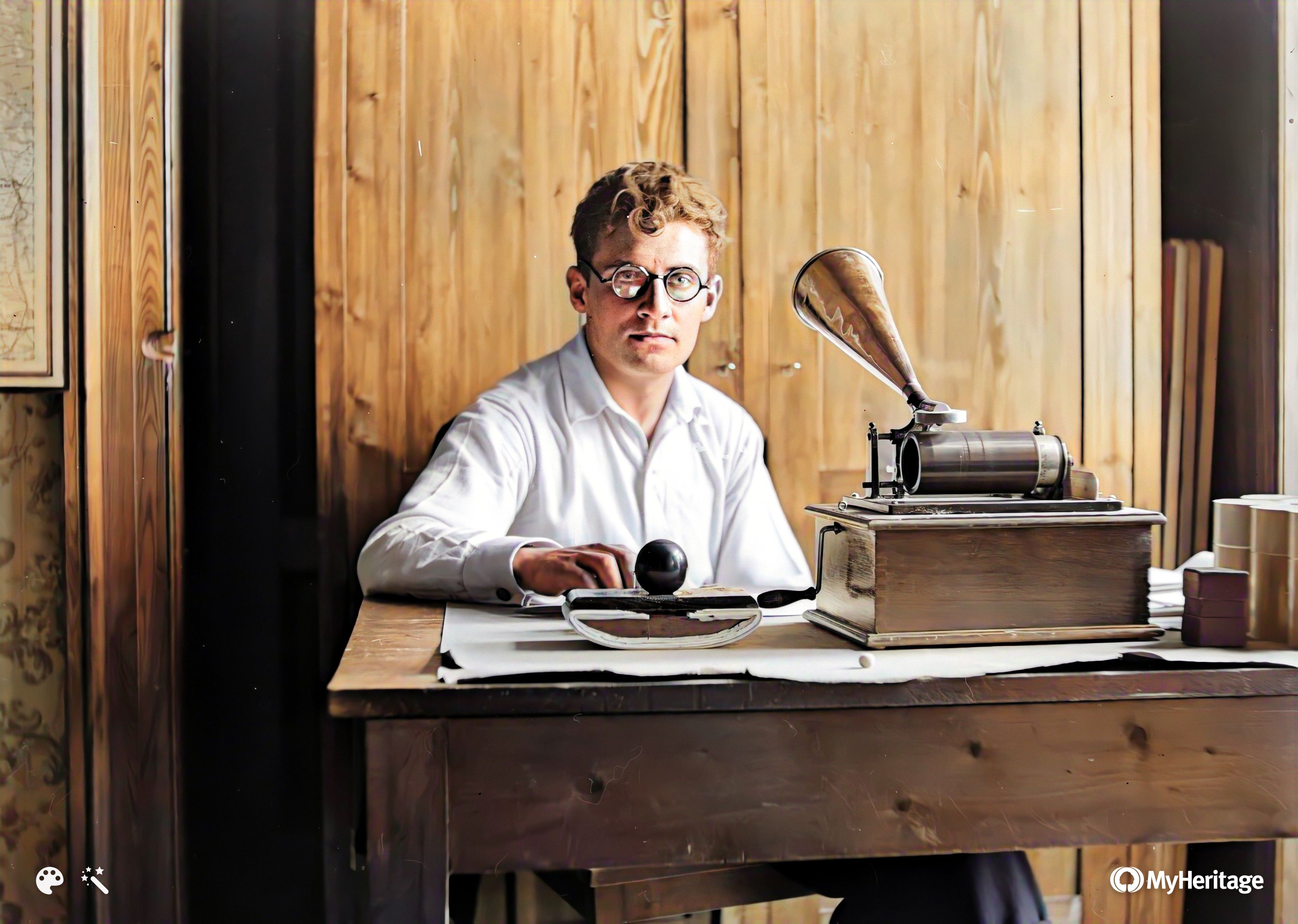
Tampere's contribution to the systematisation and publication of Estonian traditional songs is also invaluable. Back in the 1970s, there was an irreconcilable debate in Estonia over the classification of traditional songs as to whether it was most "correct" to classify them on the basis of text, melody or function. In the end, the final truth was never found, but the five-part anthology “Estonian Traditional Songs with Melodies” (Eesti rahvalaule viisidega, 1956-1965) compiled by Tampere, in which traditional songs are systematized by performance situations (functions), is the best and most comprehensive edition of the older strata of Estonian traditional songs used by folk and traditional musicians as one of their main references to this day.
In addition, many other voluminous publications on traditional music have been published on Tampere’s initiative or edited by him, such as the Estonian Anthology I (1935, reprint 1999), Estonian Folk Instruments and Folk Dances (1975), and volumes 2-5 of the Vana kannel (Old Kantele) series, as well as many others.
After Loorits left Estonia, Herbert Tampere worked for a long time as the director of the Estonian Folklore Archives (1952-1966), all in all continuing with the principles developed by Loorits. Later, he also worked as a lecturer and professor of traditional music at the Tallinn State Conservatory.
Several research papers on Herbert Tampere have been and are being published to this day, including by Ingrid Rüütel, Mall Hiiemäe, Taive Särg and others.
The song has been sung here and there, but we were able to pin down only one example of a recoded performance by Kaido Kama (loosely based on the song) on Regilaulu podcast.
"Kiigu liigu" reached us through Sulev’s wife who learned it from Mari Hanson in a baby school back in 2013. The young parents adapted it as a lullaby and therefore it also stuck with Sulev. It was only later that we discovered that this song was also featured in the Tampere collection. Linnuk made the first arrangement of the song in October 2019, and the final version was completed about a year later.

Performance:
Sulev Reisberg (vocals, instrumentals)
Helen Saarniit (vocals)
Arrangement/mix:
Sulev Reisberg
Mastering:
Allan Kasuk
Released in:
2022
Research by:
Sulev Reisberg
Details regarding of the above research have been clarified by:
Mari Sarv
Translation by:
Helen Saarniit